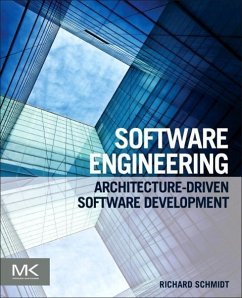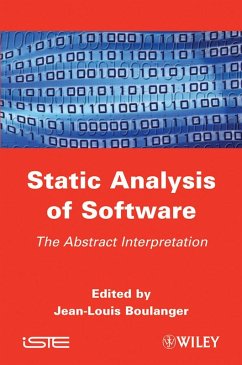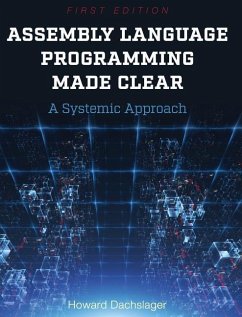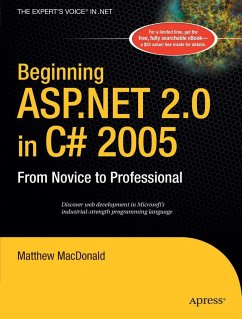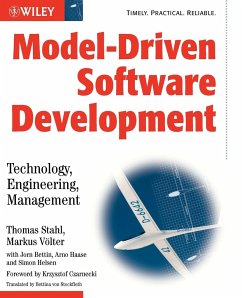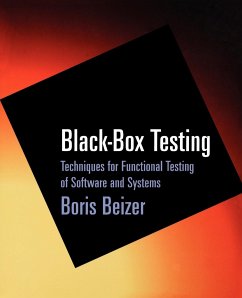
Assembly Language Programming
ARM Cortex-M3
Versandkostenfrei!
Versandfertig in über 4 Wochen
157,99 €
inkl. MwSt.
Weitere Ausgaben:

PAYBACK Punkte
79 °P sammeln!
ARM designs the cores of microcontrollers which equip most "embedded systems" based on 32-bit processors. Cortex M3 is one of these designs, recently developed by ARM with microcontroller applications in mind. To conceive a particularly optimized piece of software (as is often the case in the world of embedded systems) it is often necessary to know how to program in an assembly language. This book explains the basics of programming in an assembly language, while being based on the architecture of Cortex M3 in detail and developing many examples. It is written for people who have never programm...
ARM designs the cores of microcontrollers which equip most "embedded systems" based on 32-bit processors. Cortex M3 is one of these designs, recently developed by ARM with microcontroller applications in mind. To conceive a particularly optimized piece of software (as is often the case in the world of embedded systems) it is often necessary to know how to program in an assembly language. This book explains the basics of programming in an assembly language, while being based on the architecture of Cortex M3 in detail and developing many examples. It is written for people who have never programmed in an assembly language and is thus didactic and progresses step by step by defining the concepts necessary to acquiring a good understanding of these techniques.





